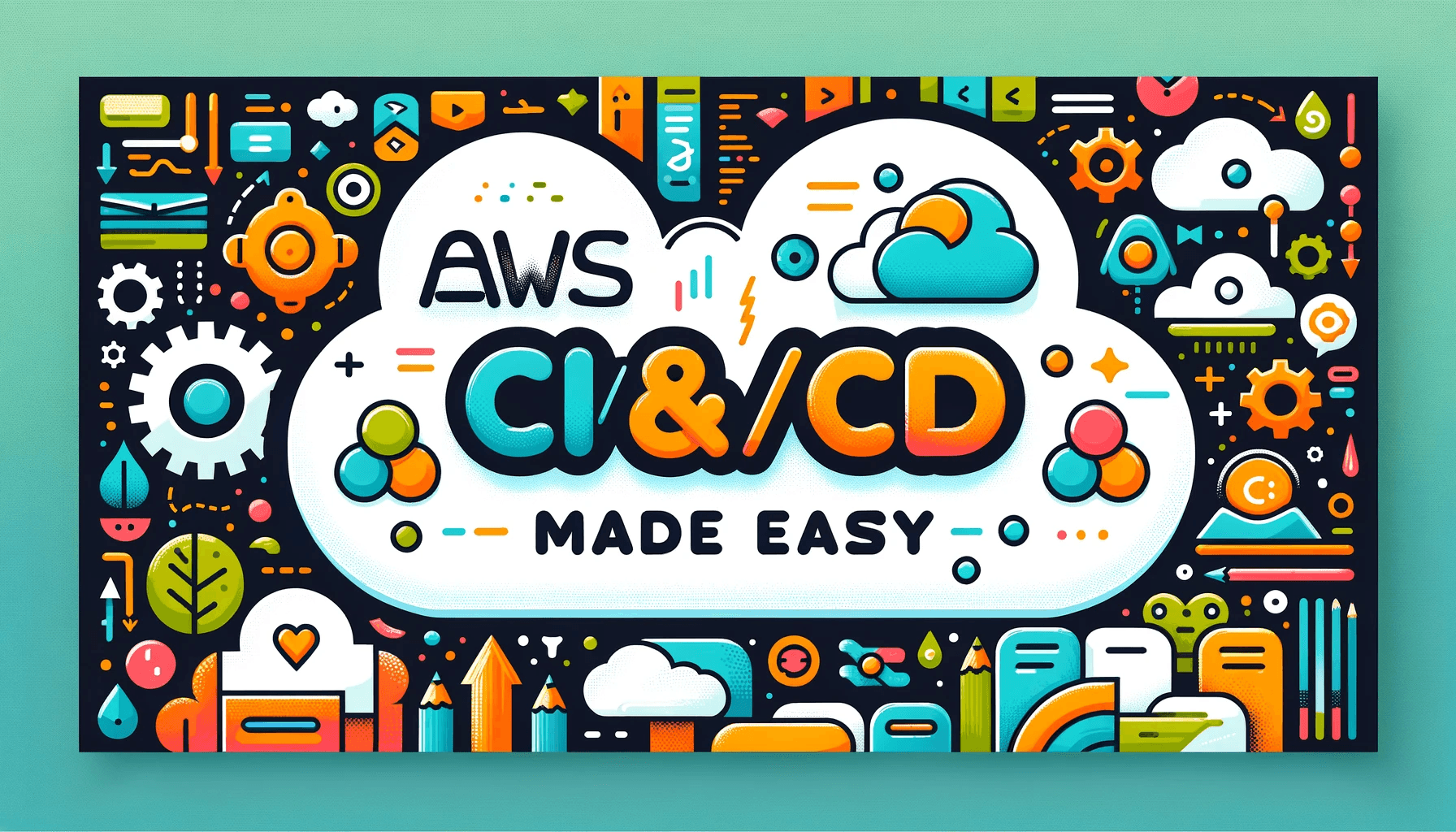
CI/CD: Tenant DB Operation AWS and Flyway
Efficient AWS-Flyway Integration for Multi-Tenant DBs
Published Jan 10, 2024
Last Modified Oct 31, 2024
In this next piece of my blog series, we're picking up where we left off with Flyway and CI/CD migration. Our focus today is on the nuts and bolts of everyday management for multi-tenant database deployments using Flyway and AWS CodeBuild. We're diving into the practicalities, breaking these processes into clear, manageable steps. Stay tuned as we walk you through how to streamline your database management, making it more efficient and straightforward.
The diagram below illustrates the conceptual approach to implementing migration changes in a multi-tenant database.

Let's step through the procedure to get a clear understanding of the basic steps and underlying logic.
Committing the Code: The developer commits their code changes to the repository AWS CodeCommit for the database change.
Transferring Code to AWS S3: The committed code is automatically assigned to an S3 migration bucket. This can be done through AWS CDK or any similar process on your workflow. This bucket must be located within the workload AWS account, where the Amazon RDS and AWS CodeBuild are deployed. This is standard and common in environments with multiple AWS accounts.
Amazon EventBridge: triggers an event when a new object is created in the AWS S3 bucket. The target for this event is a StepFunction flow, which activates the multi-tenant database migration process for each tenant database.
The AWS Step Functions: flow includes several parts. One key component is a AWS Lambda function retrieves a list of tenants managed by the Flyway migration. It then sends this list and connection details stored in AWS Secret Manager for each tenant to the AWS CodeBuild environment. Following this, AWS CodeBuild takes over and applies the changes to the databases of these tenants.
AWS CodeBuild: The AWS CodeBuild running flyway logic needs to be deployed in AWS VPC and have security group, access to Amazon RDS instance, and only necessary IAM privileges to access AWS resources such as tenants secrets, AWS CloudWatch, etc.
As we wrap up this discussion, it's clear that integrating AWS services like AWS Lambda, Amazon EventBridge, AWS Step Functions, and AWS CodeBuild with Flyway offers a robust and efficient pathway for managing multi-tenant database migrations. We can handle complex deployments easily and precisely by automating and streamlining these processes. This approach simplifies the management of database changes across multiple tenants, ensures consistency, and minimizes the risk of errors. I hope this guide has illuminated the path for your database migration journey, and I look forward to exploring more technological solutions and strategies in our upcoming posts. Stay tuned for more insights and happy coding!
